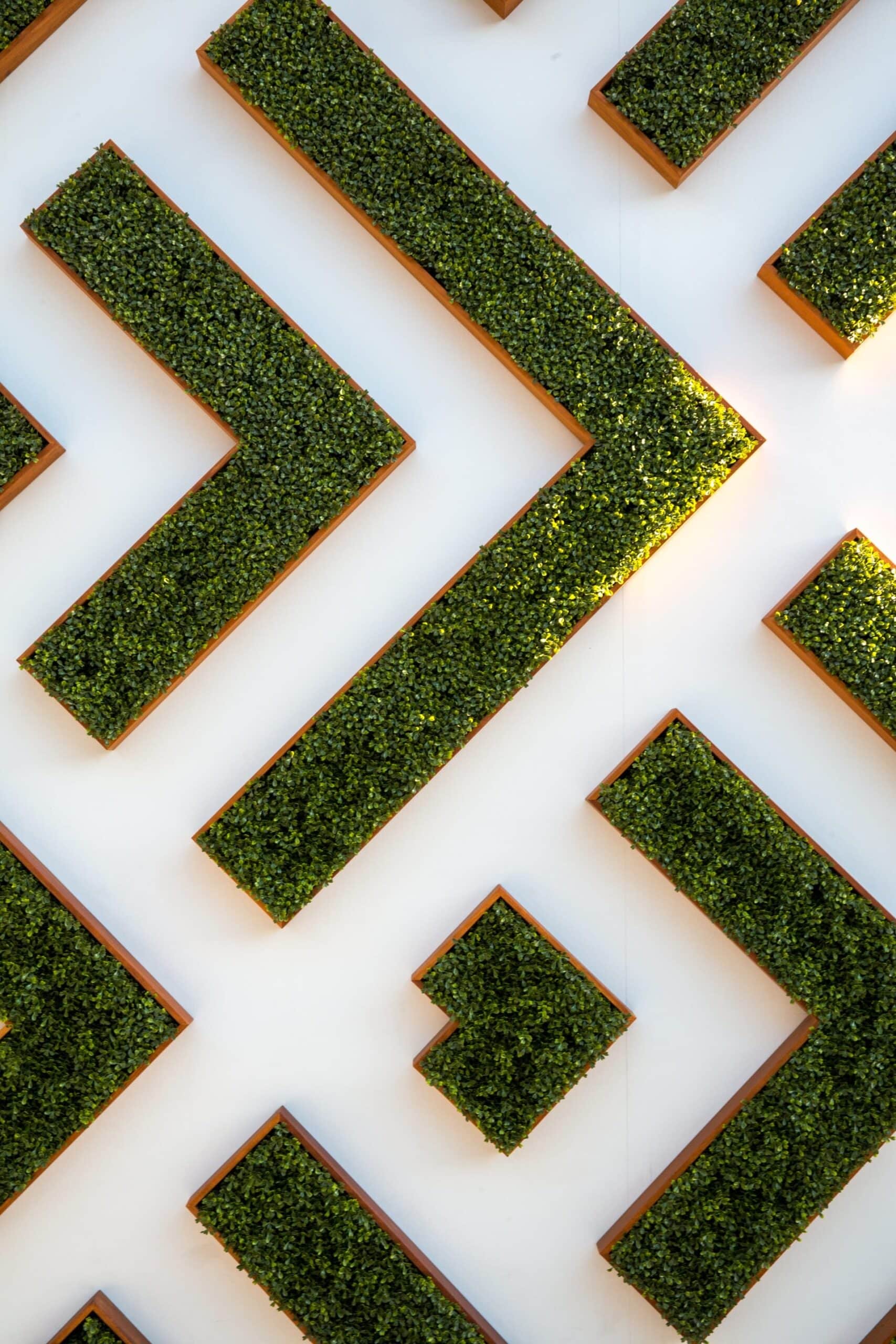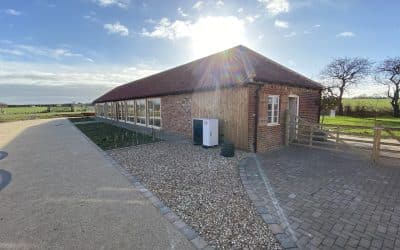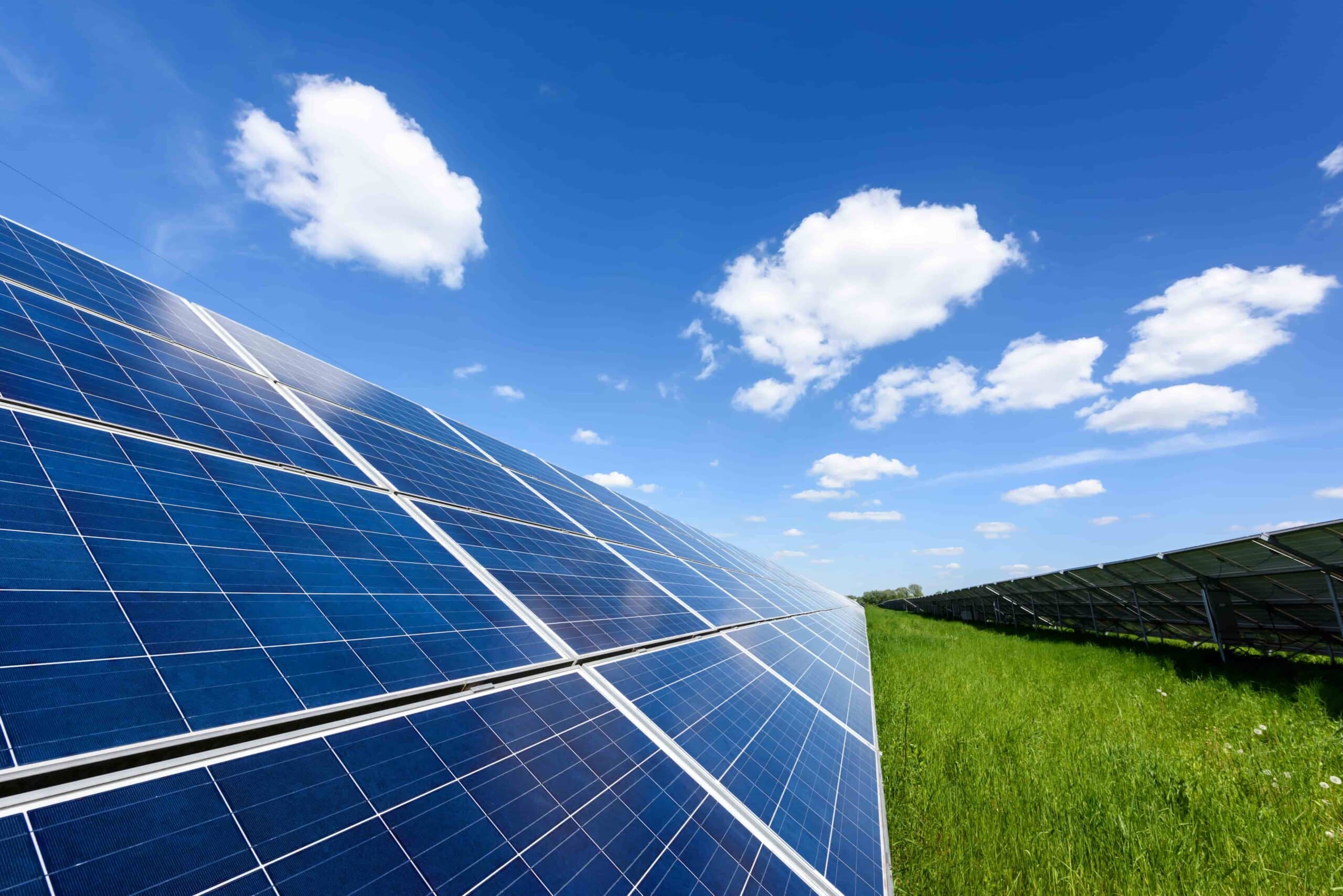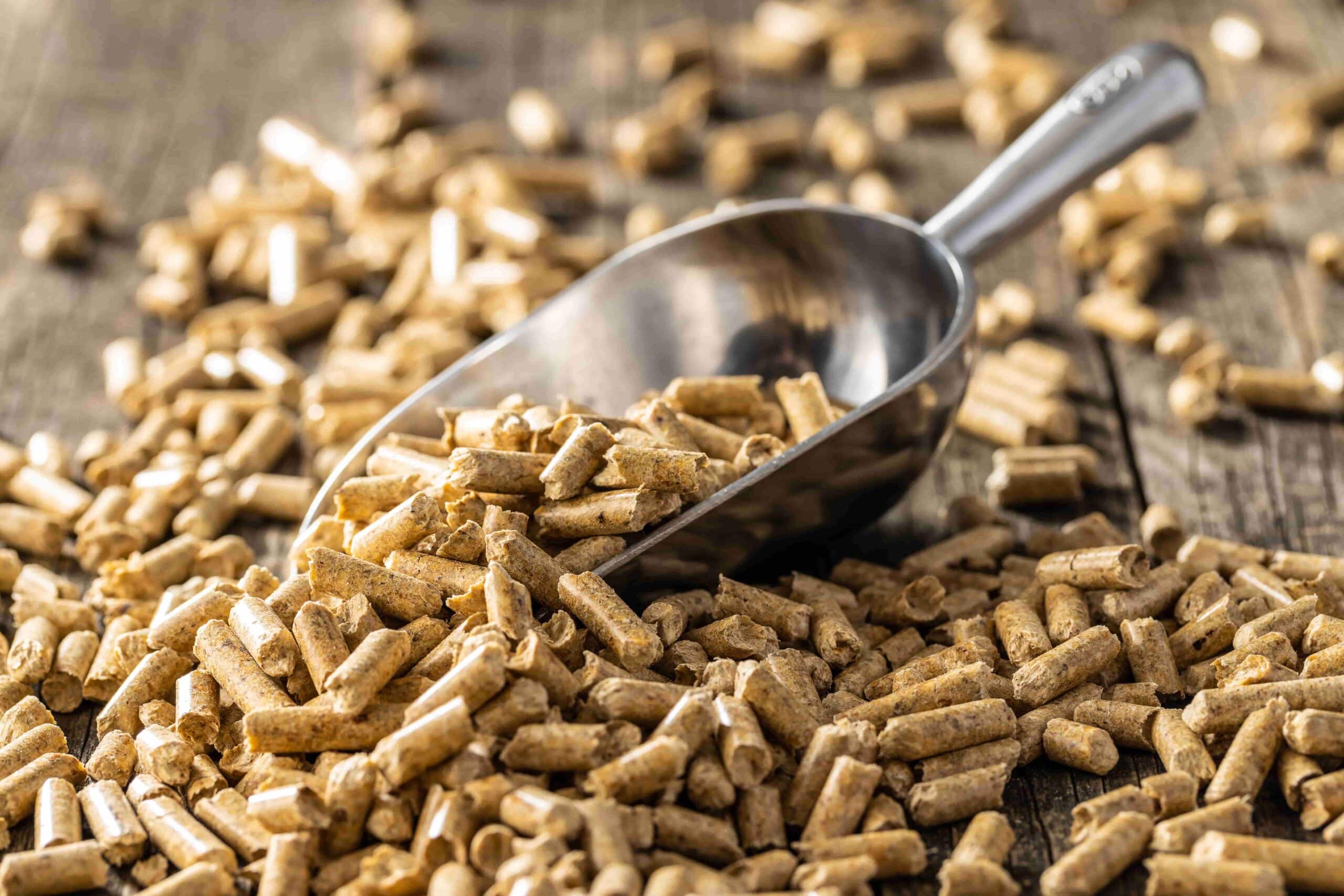With the ever-increasing drive to be sustainable and eco-friendly, having a green self build has gained much more popularity. With more and more people leading a modern lifestyle, environmental issues have increased drastically. This is why it’s important to adopt a green and eco-friendly approach when building your home.
With your green self build, you can ensure that you are improving your carbon footprint and doing your bit for the environment. Get on the sustainability bandwagon by integrating green, recycled components and materials along with renewable heating technologies that will make your home a hub for eco-friendliness.
At JL Phillips, we have put together a list of tips for your self build to ensure maximum sustainability!
Let’s take a look!
1. Wrap Up Your Self Build with Good Insulation
For better heat retention from your air source heat pump, proper and sufficient application of insulation is essential. This means you need to consider the type and extent of insulation required in the early stages of your home design process. You need to plan which walls, floors and ceilings need to be insulated and the kind of energy-efficient windows and doors you need to install for maximum thermal comfort and efficiency.
Application of triple glazing is the Passivhaus standard but high-quality glass with double glazing will deliver great results as well. There’s a variety of recycled and natural materials available for insulation including reclaimed natural textiles and sheep’s wool. You can take your pick from these to maximise the green credentials of your green self build.
With the new Green Homes Grant Scheme, you can apply for vouchers that will cover ⅔ to 100% of the costs of any eligible green home improvements you make. With insulation being one of the primary eligible improvements under this scheme, you can benefit from this grant as you make sustainable home improvements.
2. Recycle Where You Can
When purchasing construction materials for your self build, look for companies that are committed to being conscious of the environment. Find products that have been used before and repurpose those for your new home.
To conserve the environment and its natural resources you can look for old slate, bricks, timber and tiles and retrofit them as a part of your green self build. For your kitchen, you can source solid wood worktops and cabinets sustainably and reduce your impact on the environment. Try and source all the materials locally to reduce carbon emissions via transportation.
3. Install Water-Efficient Fixtures
A major aspect of designing a sustainable home is to ensure that there is little to no water wastage. You can achieve this easily by installing water-efficient features in your green self build. You can save water by installing efficient showerheads, toilets and taps. Install low-flush toilets that use less than 4.5 litres of water as compared to their standard counterparts that use 6 litres of water per flush.
To make your self build more sustainable, you can look into setting up means for rainwater harvesting. This is highly recommended by builders for any new home. The water you collect can be used to water plants in your garden and in the bathroom as well. Apart from reducing the use of water mains, collecting rainwater can also help reduce the risk of a flood which means you will save on water bills.
Call JL Phillips to Make Your Green Self Build More Sustainable
Sustainability is all about being mindful of your impact on the environment and accordingly designing your new home. You just need to ensure that all the materials and components you use are sourced sustainably. It’s about making decisions that are conscious of the environment.
Being at the forefront of the renewable energy industry, our team at JL Phillips can assist new homeowners to improve their green credentials. We offer a range of green technologies that are perfect to make your self build highly sustainable.
What’s more, we also provide assistance on government programs like the RHI and the Green Homes Grant Scheme that can help you offset costs of the improvements you make.
Click here to learn more about your free quick quote!
For a greener and more sustainable future, give us a call today!




